Owning a dog is a lifelong commitment, but giant breeds come with unique challenges. These dogs are not just bigger in size; they demand more space, consistent training, and careful attention than smaller breeds. Their sheer strength and energy can overwhelm inexperienced owners. Understanding the temperament, health considerations, and lifestyle compatibility of these massive dogs is crucial before welcoming one home. Here are twelve giant breeds that may not be suitable for every household.
1. Great Dane
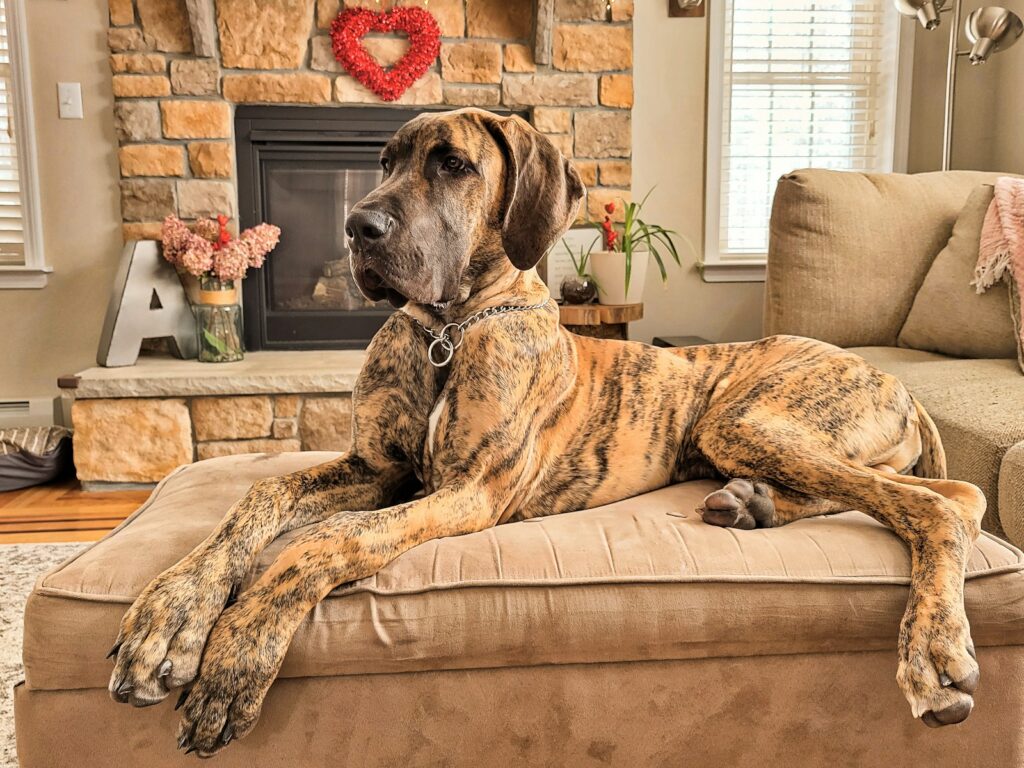
Great Danes are often called gentle giants, yet their enormous size can be intimidating. Standing up to 32 inches and weighing around 175 pounds, they need large living areas and strong, patient training. Despite their affectionate and loyal nature, their short lifespan of 7-10 years and predisposition to health issues like hip dysplasia, heart problems, and bloat make them a serious commitment. Only experienced owners who can handle both their physical and emotional needs should consider them.
2. Saint Bernard
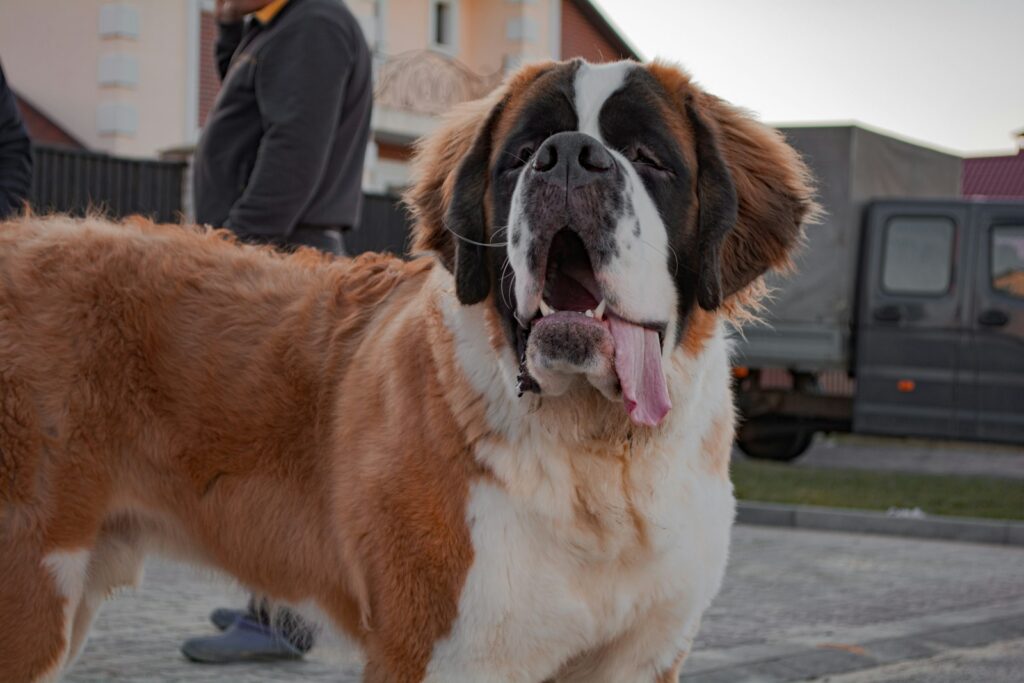
Saint Bernards hail from the Swiss Alps and are known for their historical rescue work. These dogs often exceed 180 pounds and need a home with plenty of space. Their calm demeanor is balanced by the need for consistent daily exercise to prevent obesity. Grooming is demanding due to their thick coat, which requires regular brushing to avoid mats. Saint Bernards form deep bonds with their families, but are not ideal for owners who cannot dedicate time to cleaning, training, and attention-intensive care.
3. Newfoundland
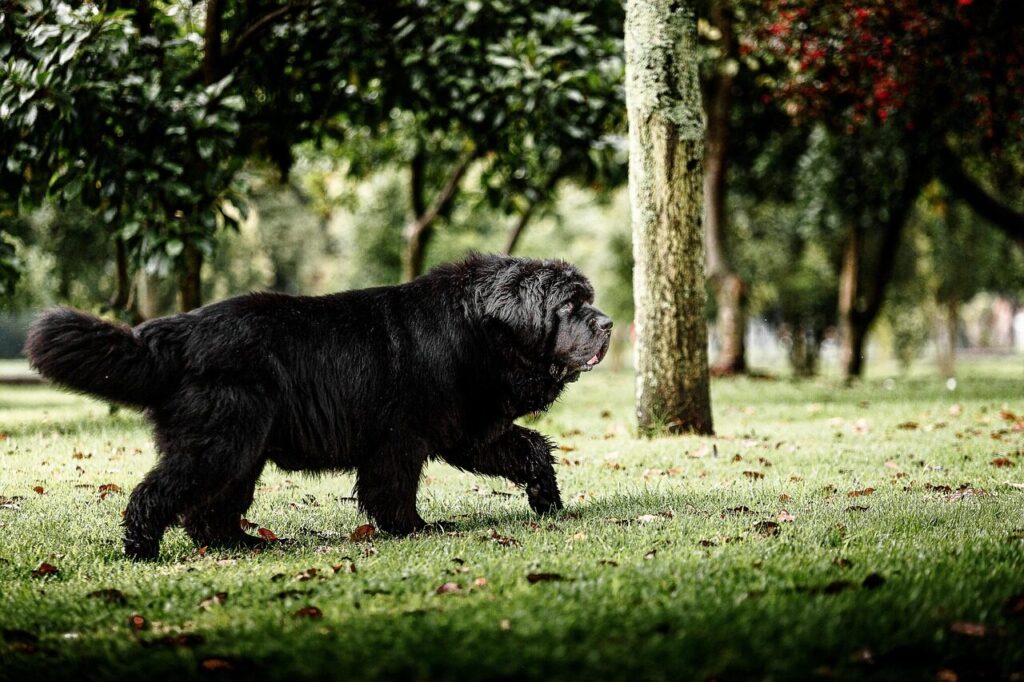
Newfoundlands are famous for their gentle temperament and swimming ability. Weighing up to 150 pounds, they require large spaces and access to water-friendly areas. Their thick double coat sheds heavily and needs consistent grooming to prevent matting. Calm and patient with children, they are excellent family dogs, but their size, drooling habits, and potential health concerns like hip dysplasia and heart disease demand time, patience, and space. Owners must be committed to regular care and attention for this gentle giant.
4. Mastiff
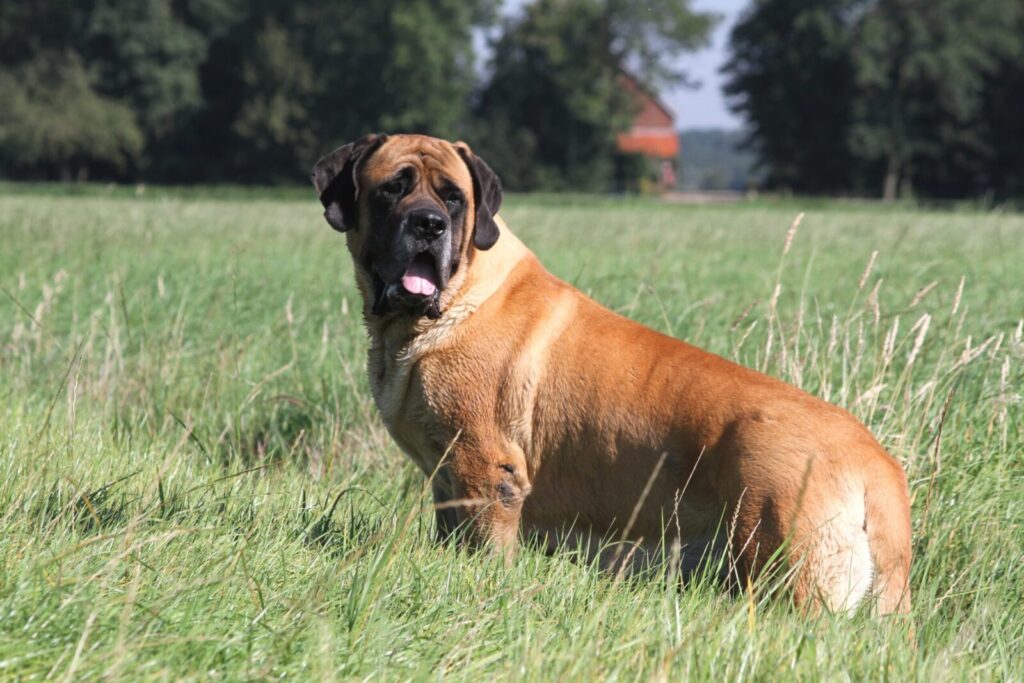
English Mastiffs are true giants, often tipping the scales at 200 pounds or more. Known for their loyalty and protective instincts, they require firm, experienced handling. Their slow, deliberate movements conceal enormous strength, which can be challenging for novice owners. Health issues such as joint problems, heart conditions, and susceptibility to obesity are common. Mastiffs need a spacious home and consistent care, making them suitable only for owners who understand the responsibility of managing a dog of this size.
5. Bernese Mountain Dog
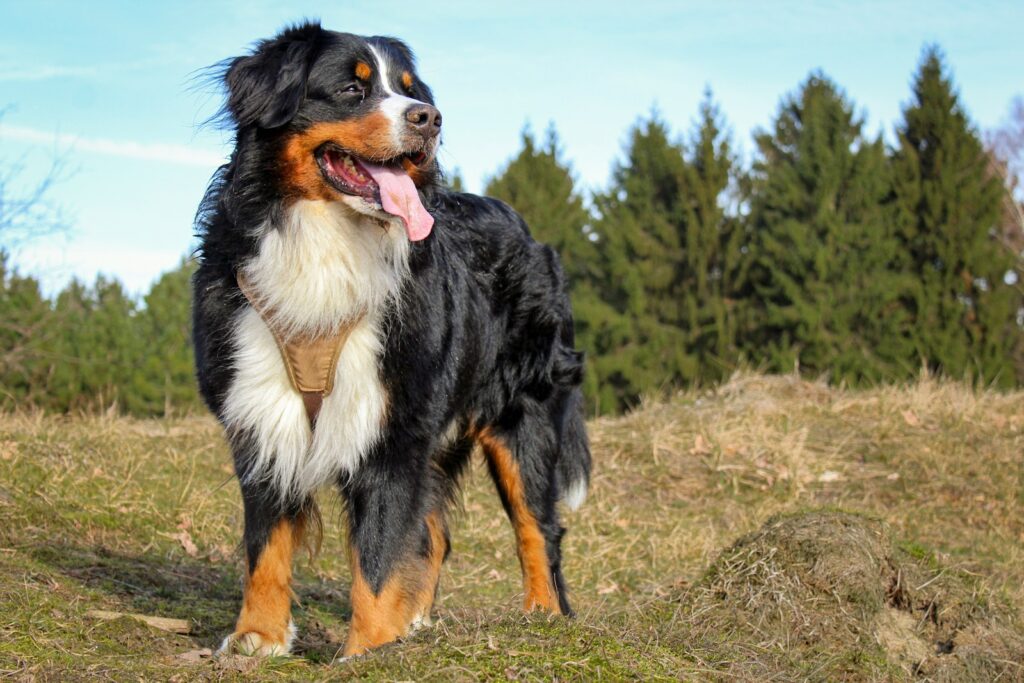
Bernese Mountain Dogs are stunning, with their tricolored coats and gentle expressions, but they are far from low-maintenance. Weighing 70-115 pounds, they need daily exercise to prevent boredom and obesity. Their thick fur sheds heavily and requires regular grooming. Berners are prone to hip dysplasia and certain cancers, giving them a shorter lifespan than many smaller breeds. While affectionate and family-oriented, they are best suited to owners who can provide consistent care, attention, and space for these loving giants.
6. Irish Wolfhound
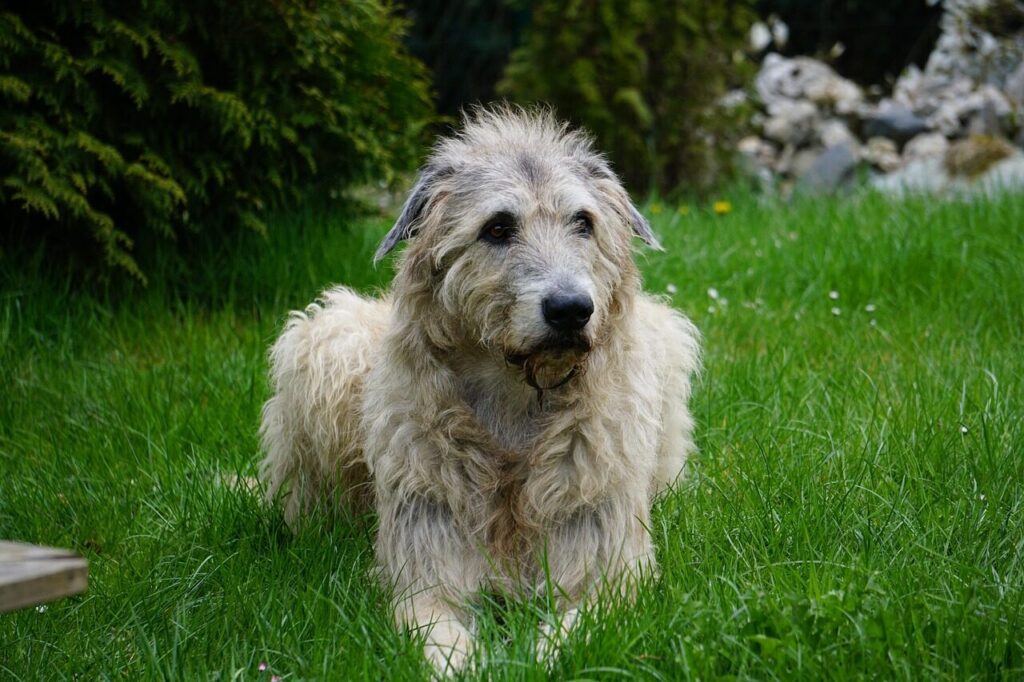
Irish Wolfhounds are among the tallest dog breeds, reaching up to 34 inches at the shoulder. Despite their lean frame, they are powerful and were historically bred for hunting large game. Lifespan is short, around 6-8 years, and they need spacious yards to roam safely. These dogs bond closely with families but require experienced handlers due to their size and strength. Grooming needs are moderate, but their rapid growth, delicate bones, and exercise demands make them better suited to knowledgeable owners with the space and time to dedicate.
7. Leonberger
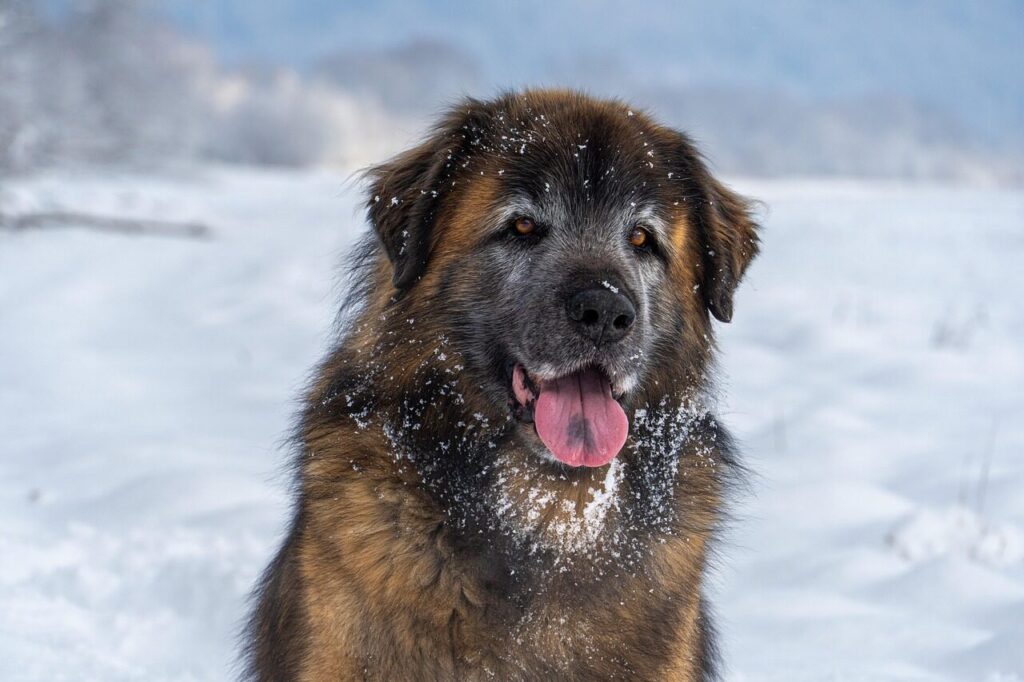
Leonbergers are majestic, weighing up to 170 pounds, and are often described as “gentle giants.” Their thick, water-resistant coats need daily brushing, and they thrive in homes with plenty of room to exercise. Calm, social, and affectionate, they can still accidentally overwhelm small children because of sheer size. Health concerns like hip dysplasia, heart issues, and obesity are common, requiring both financial and emotional commitment. They are ideal for experienced owners who have space and patience to accommodate their size and energy.
8. Great Pyrenees
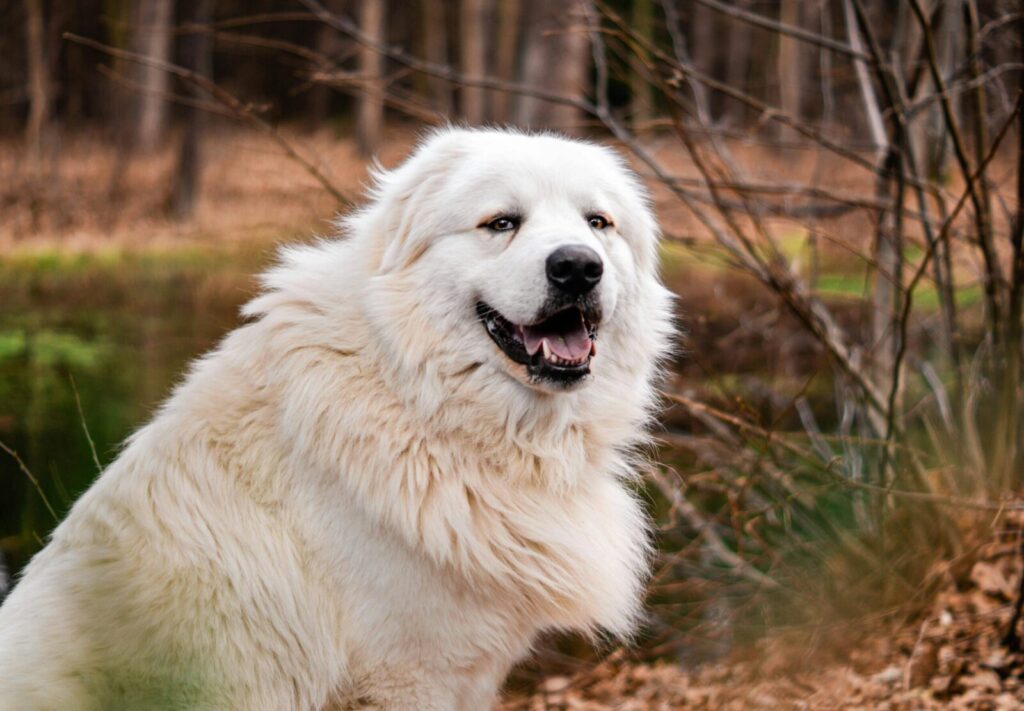
Originally bred to guard livestock, Great Pyrenees dogs are calm but independent, which can challenge some owners. Weighing 85-160 pounds, they require large, secure spaces and consistent daily exercise. Their dense coats shed heavily, demanding regular grooming. Protective instincts may lead to stubborn or territorial behavior if not properly socialized. Without proper training, space, and attention, these dogs can struggle in busy households. They thrive best with owners experienced in handling large, independent breeds.
9. Tibetan Mastiff
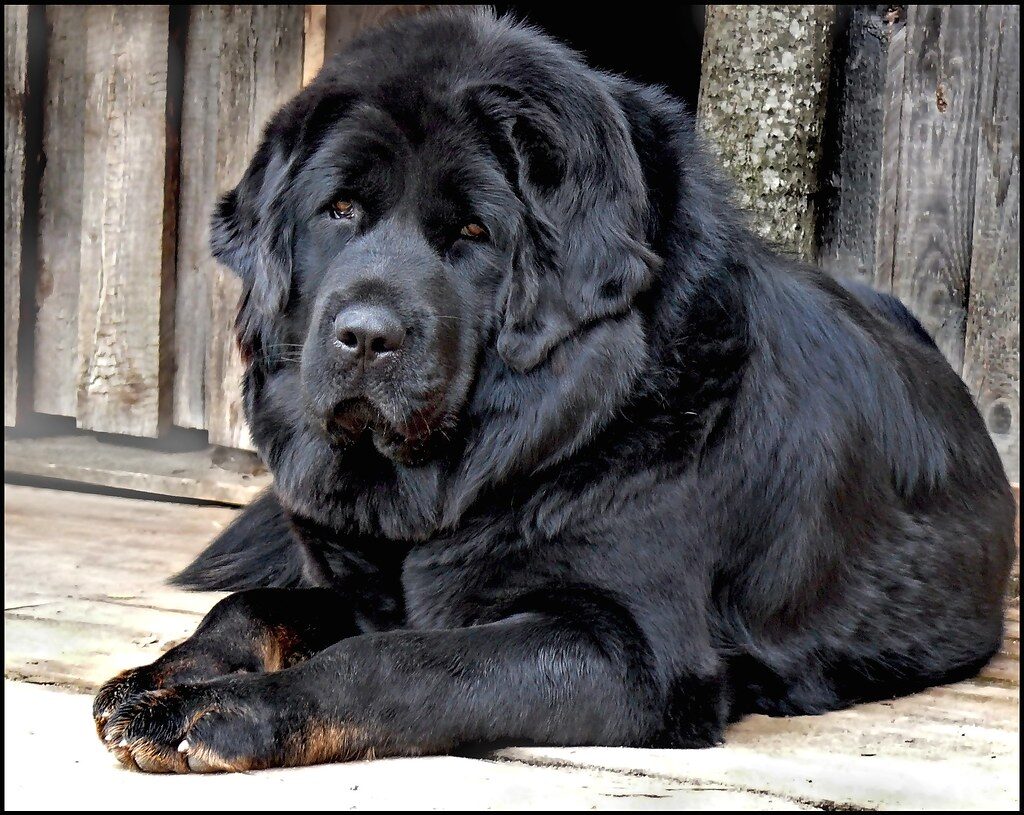
Tibetan Mastiffs are imposing, often surpassing 150 pounds, with thick, weather-resistant coats that require frequent grooming. Originally bred to guard monasteries, they are highly independent and territorial. Their intelligence comes with stubbornness, making training a challenge for inexperienced owners. They need space to roam and mental stimulation to avoid destructive behavior. Loyal yet strong-willed, Tibetan Mastiffs are not suitable for apartments or novice handlers who are unprepared for their protective instincts and high-maintenance grooming needs.
10. Komondor
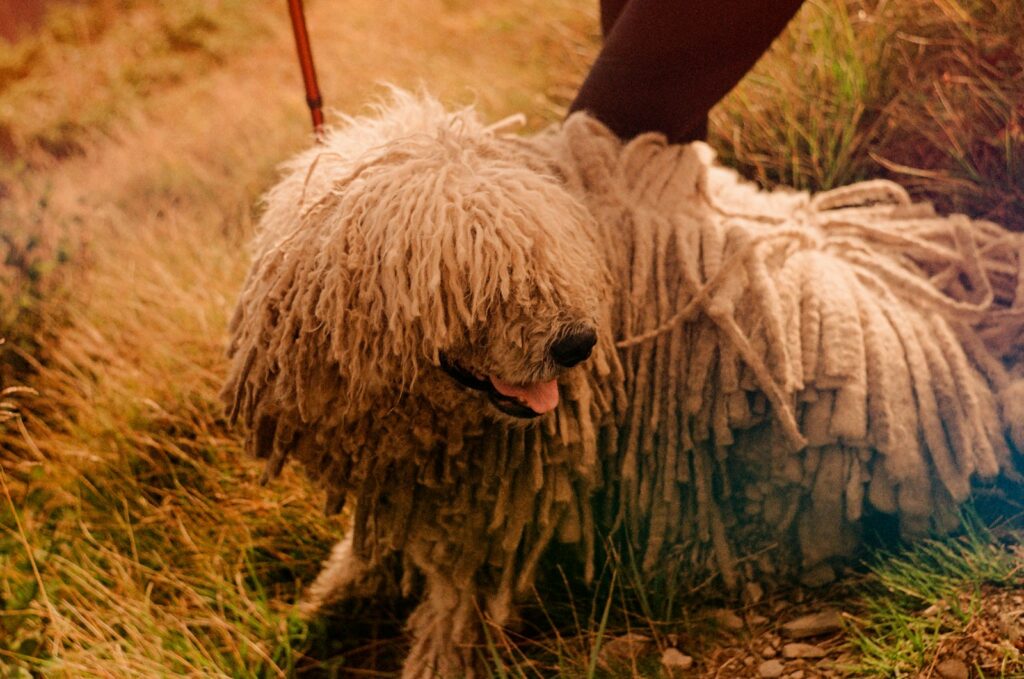
Komondors are instantly recognizable for their corded coats, which can reach the floor. These livestock guardians weigh 80-120 pounds and require early socialization to prevent aggressive tendencies. Grooming is intensive to maintain their corded coats, and their protective nature can make them wary of strangers. They thrive under experienced owners who understand their guarding instincts, space requirements, and high-maintenance coats. Without proper socialization and consistent training, Komondors can become challenging or even unsafe in some households.
11. Anatolian Shepherd
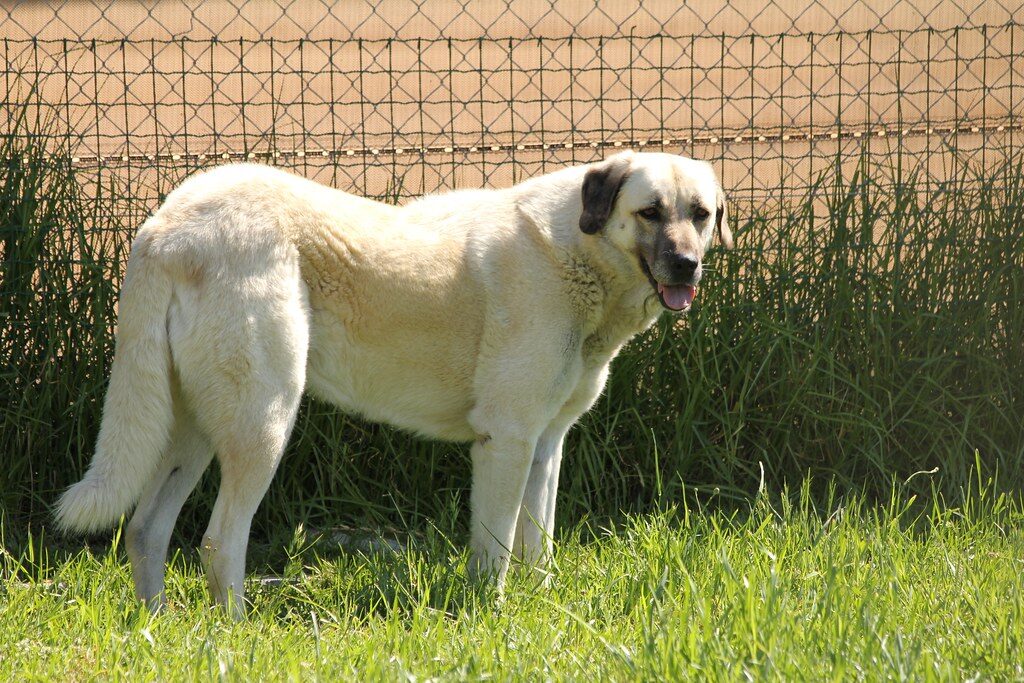
Anatolian Shepherds are powerful, independent dogs bred to protect livestock. Often exceeding 100 pounds, they need large, secure yards and constant mental stimulation. Their guarding instincts can make them aggressive toward strangers or other animals without early, consistent training. Intelligent and loyal, they require experienced handlers who can channel their energy productively. These dogs are unsuitable for apartment living or owners unprepared for their physical strength, mental needs, and protective behavior, which demands time and patience.
12. Dogue de Bordeaux
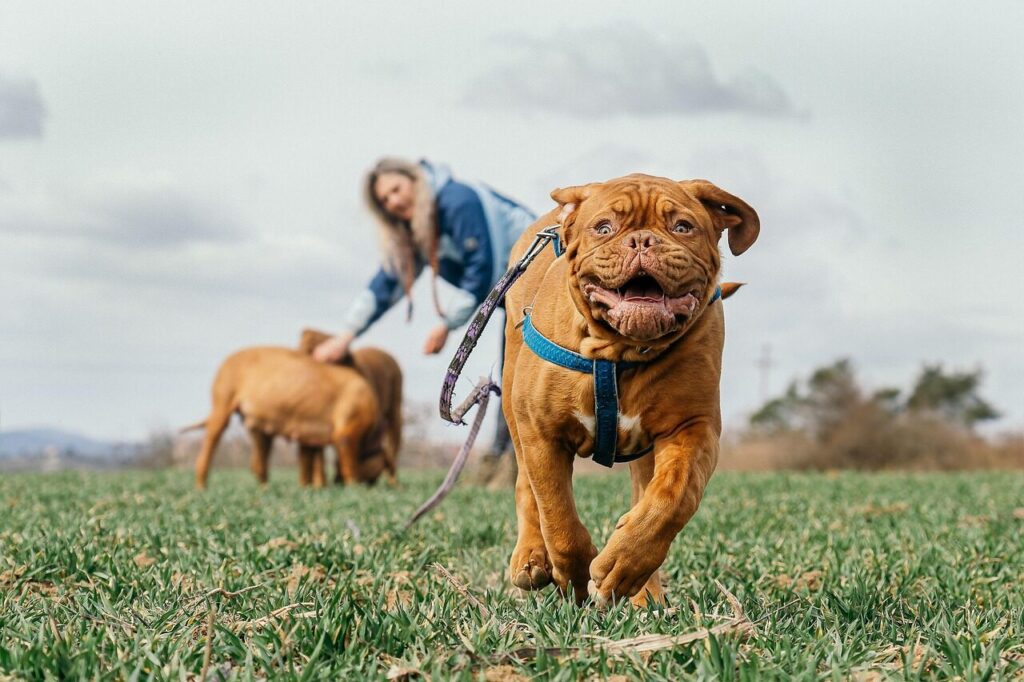
The Dogue de Bordeaux is a muscular, large-headed French breed, typically weighing 120-150 pounds. They are affectionate and loyal but can be stubborn, requiring patient, experienced owners. Exercise should be regular but moderate due to potential joint issues, while their short coat is relatively low-maintenance. Drooling, health concerns like heart problems, and their imposing presence require a strong commitment. With proper space, training, and socialization, they can thrive, but they are unsuitable for inexperienced owners or crowded living conditions.
Comments